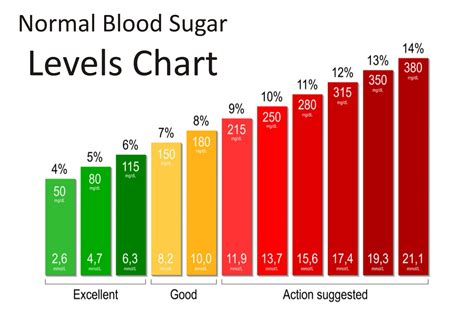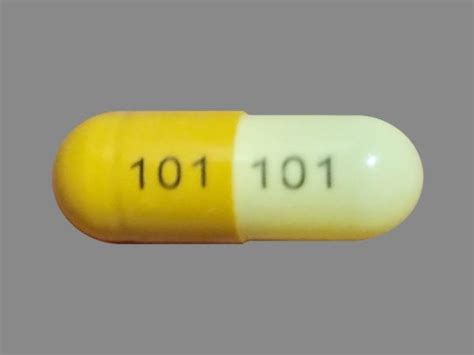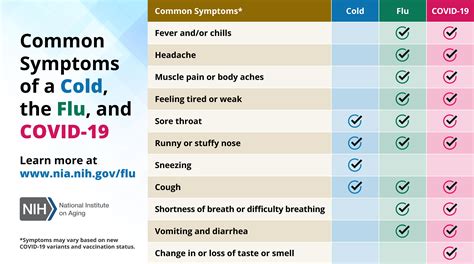Having a blood sugar level of 500 mg/dL is considered extremely high and poses serious health risks. Normally, blood sugar levels are measured in terms of milligrams per deciliter (mg/dL) and are typically as follows:
- Fasting blood sugar levels (after not eating for at least 8 hours) are less than 100 mg/dL for people without diabetes.
- After eating, blood sugar levels should be less than 140 mg/dL for people without diabetes.
A level of 500 mg/dL indicates a severe elevation, often associated with diabetic ketoacidosis (DKA), a serious complication of diabetes that occurs when the body produces high levels of blood acids called ketones. This condition requires immediate medical attention.
Understanding the Risks:
- Diabetic Ketoacidosis (DKA): This is a life-threatening condition that arises when the body cannot use glucose as a fuel source due to lack of insulin, leading it to break down fat for energy instead. This process produces ketones, which are toxic when accumulated in the blood.
- Hyperglycemic Hyperosmolar Nonketotic Syndrome (HHNS): Another serious condition associated with very high blood sugar levels, especially in type 2 diabetes. It leads to severe dehydration and can cause seizures, coma, or even death if not treated promptly.
- Organ Damage: Persistently high blood sugar levels can damage organs such as the kidneys, heart, and nerves over time.
- Vision Problems: High blood sugar can cause the lens in the eye to swell, which can lead to blurred vision. If left untreated, diabetes can also cause more serious vision problems like cataracts, glaucoma, and retinopathy.
Immediate Actions:
- Stay Hydrated: Drink plenty of water to help your body recover from the high blood sugar level. However, if you’re experiencing nausea or vomiting, you might need IV fluids in a hospital setting.
- Seek Medical Attention: If your blood sugar is 500 mg/dL, it’s crucial to go to the emergency room or urgent care immediately. This condition can escalate quickly and requires prompt medical intervention.
- Insulin Administration: Your healthcare provider may administer insulin intravenously to help lower your blood sugar levels. This treatment will be done in a hospital setting to monitor your response and adjust the treatment as necessary.
- Monitoring: Close monitoring of your blood sugar levels, as well as your electrolyte and fluid status, will be necessary.
Long-term Management:
After the immediate crisis is managed, focusing on long-term blood sugar control is essential. This may involve:
- Adjusting Medication: Your healthcare provider may need to adjust your diabetes medications or insulin dosages.
- Dietary Changes: Eating a balanced diet that is low in carbohydrates and sugars can help manage your blood sugar levels.
- Regular Monitoring: Regularly checking your blood sugar levels and adjusting your treatment plan as necessary.
- Lifestyle Changes: Incorporating regular physical activity and maintaining a healthy weight can also improve insulin sensitivity and help manage blood sugar levels.
Remember, managing diabetes and preventing severe hyperglycemia requires ongoing attention to your condition, adherence to your treatment plan, and regular communication with your healthcare provider.
What should I do if my blood sugar is over 500 mg/dL?
+If your blood sugar level exceeds 500 mg/dL, seek immediate medical attention. High blood sugar levels can lead to serious complications, including diabetic ketoacidosis or hyperglycemic hyperosmolar nonketotic syndrome, which can be life-threatening if not treated promptly.
How can I prevent my blood sugar from getting too high in the future?
+To prevent high blood sugar levels, adhere to your diabetes treatment plan, which may include taking medications as prescribed, following a healthy diet, staying hydrated, exercising regularly, and monitoring your blood sugar levels closely. Regular follow-ups with your healthcare provider are also crucial for adjusting your treatment plan as needed.
What are the symptoms of diabetic ketoacidosis, and how is it treated?
+Diabetic ketoacidosis (DKA) is characterized by symptoms such as excessive thirst, frequent urination, nausea, abdominal pain, vomiting, dry mouth, flushed skin, and in severe cases, confusion or loss of consciousness. Treatment typically involves hospitalization, where patients receive intravenous fluids, electrolytes, and insulin to stabilize their condition.
Given the complexity and the urgent nature of managing blood sugar levels of 500 mg/dL, it’s essential to work closely with healthcare professionals to develop a personalized plan that addresses your specific needs and medical history.



